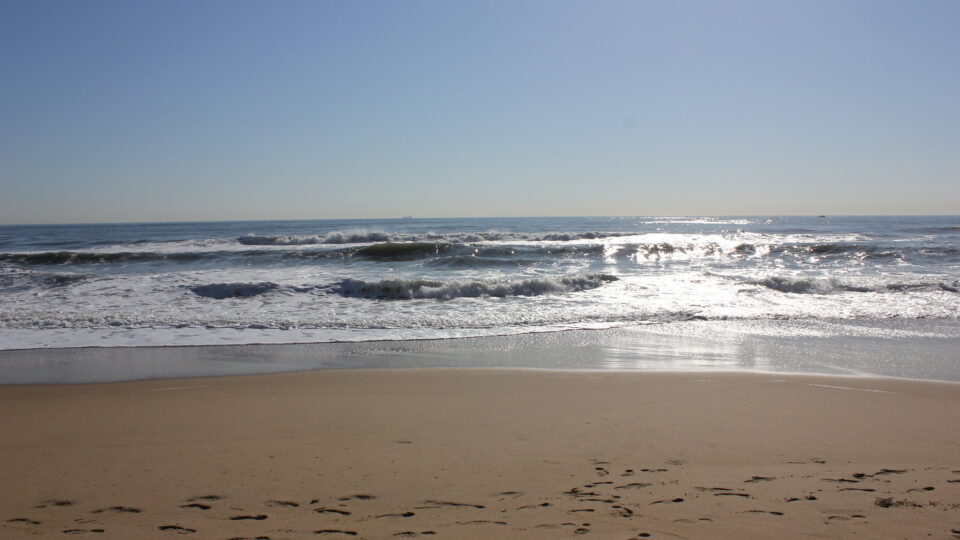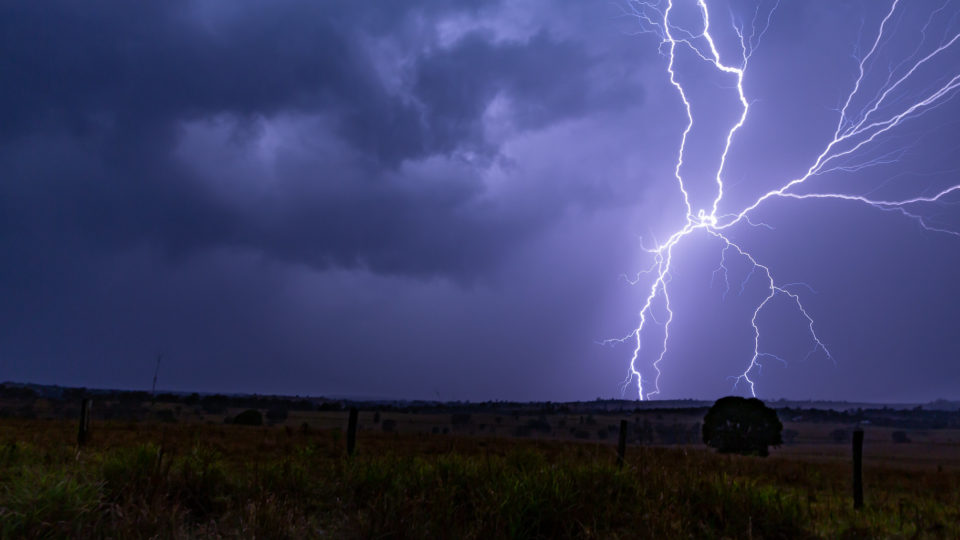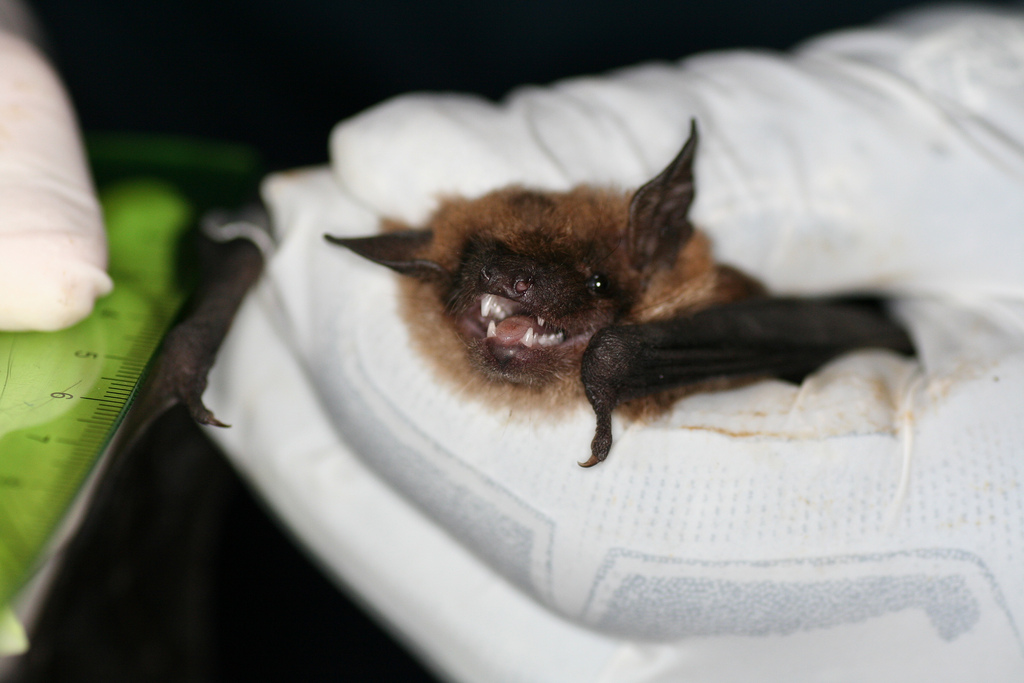Climate change poses a fundamental threat to life on earth and has already left observable effects on the planet. For example, glaciers have shrunk, oceans have warmed, heatwaves have become more intense, and plant and animal ranges have shifted.
As a result of the changing climate, coastal communities around the world are confronting the increasing threats posed by a combination of extreme storms and the predicted acceleration of sea level rise.
Scientists from the University of Plymouth in England have developed a simple algorithm-based model to predict how coastlines could be affected by climate change. This model allows coastal communities to identify the actions they need to take in order to adapt to their changing environment.
The Forecasting Coastal Evolution (or ForCE) model has the potential to be a game-changer because it allows adaptations in the shoreline to be predicted over timescales of anything from days to decades. As a result, the model is capable of predicting both the short-term impact of extreme storms as well as predicting the longer-term impact of rising seas.
The ForCE model relies on past and present beach measurements and data showing the physical properties of the coast. It also considers other key factors like tidal, surge, and global sea-level rise data to assess how beaches might be impacted by climate change. Beach sediments form the frontline defense against coastal erosion and flooding, and are key in preventing damage to valuable coastal infrastructure.
According to the study, which was recently published in the journal Coastal Evolution, the ForCE model predictions have shown to be more than 80% accurate in current tests in South West England.
**********
Web Links
New model accurately predicts how coasts will be impacted by storms and sea-level rise
Photo, posted April 17, 2016, courtesy of Nicolas Henderson via Flickr.
Earth Wise is a production of WAMC Northeast Public Radio.



